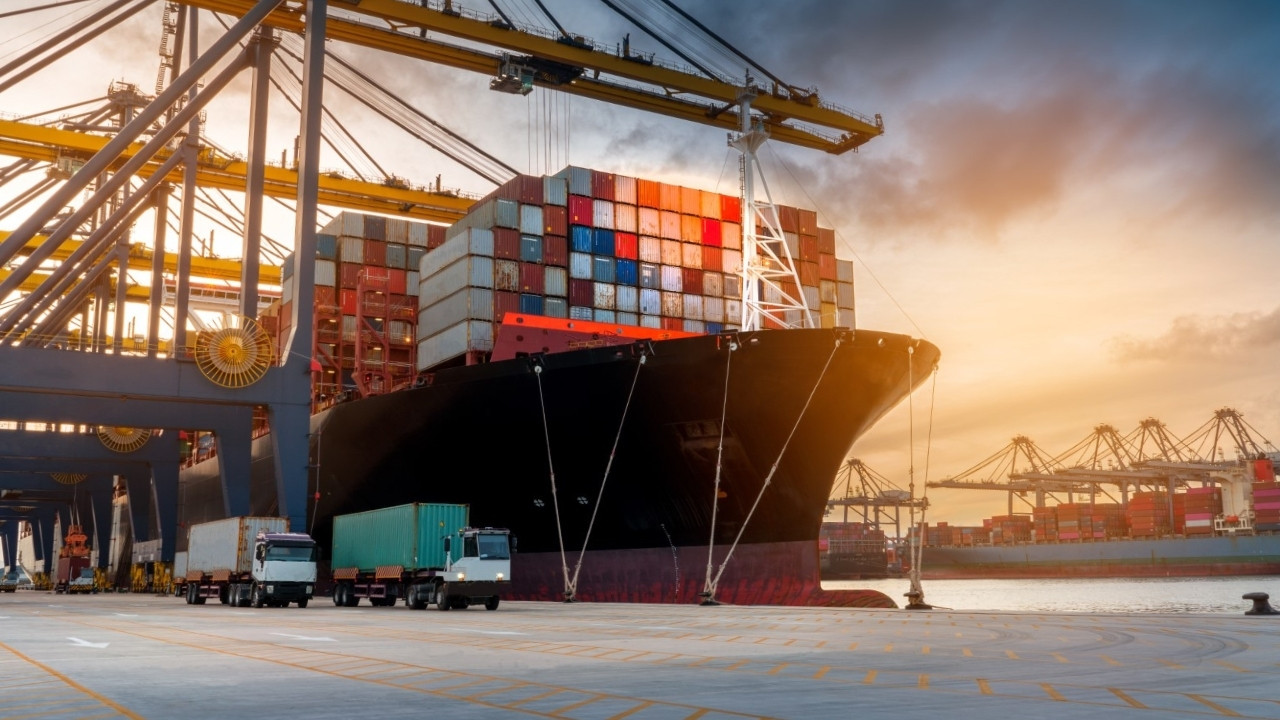
What are waterways? Waterways are natural or artificial channels that allow boats and ships to travel. They include rivers, canals, lakes, and seas. These channels have been crucial for trade, transportation, and connecting communities for centuries. Imagine a world without highways or railroads; waterways were the original routes for moving goods and people. They also play a vital role in ecosystems, providing habitats for countless species. From the mighty Amazon River to the intricate canals of Venice, waterways shape our world in fascinating ways. Ready to dive into some amazing facts about these liquid highways? Let's get started!
Rivers: Lifelines of the Earth
Rivers have always been crucial for human civilization. They provide water, transportation, and fertile land. Here are some fascinating facts about rivers.
- The Nile River in Africa is the longest river in the world, stretching approximately 4,135 miles.
- The Amazon River in South America has the largest discharge of water, releasing about 209,000 cubic meters per second.
- The Yangtze River in China is the longest river in Asia, measuring around 3,917 miles.
- The Mississippi River in the United States is the second-longest river in North America, flowing about 2,340 miles.
- The Ganges River in India is considered sacred by Hindus and is a major pilgrimage site.
- The Danube River flows through ten countries, more than any other river in the world.
- The Volga River in Russia is the longest river in Europe, stretching about 2,193 miles.
- The Congo River in Africa is the deepest river in the world, with depths reaching over 720 feet.
- The Mekong River in Southeast Asia supports one of the world's most diverse ecosystems.
- The Colorado River carved out the Grand Canyon, one of the most famous natural landmarks in the United States.
Lakes: Natural Reservoirs
Lakes are large bodies of water surrounded by land. They play a vital role in the ecosystem and provide numerous benefits to humans.
- Lake Baikal in Russia is the deepest and oldest freshwater lake in the world, containing about 20% of the world's unfrozen freshwater.
- Lake Superior in North America is the largest freshwater lake by surface area, covering 31,700 square miles.
- The Caspian Sea is the world's largest enclosed inland body of water, often considered the largest lake or a full-fledged sea.
- Lake Victoria in Africa is the largest tropical lake and the second-largest freshwater lake by surface area.
- Lake Tanganyika is the second deepest lake in the world, with depths reaching 4,823 feet.
- The Dead Sea is one of the saltiest bodies of water, with a salinity of around 34%.
- Lake Titicaca in South America is the highest navigable lake in the world, sitting at an elevation of 12,507 feet.
- Crater Lake in Oregon, USA, is the deepest lake in the United States, formed in a volcanic caldera.
- Lake Malawi in Africa is home to more fish species than any other lake in the world.
- Great Bear Lake in Canada is the largest lake entirely within Canada and the fourth-largest in North America.
Oceans: Vast and Mysterious
Oceans cover about 71% of the Earth's surface and are essential for life on our planet. They regulate climate, provide food, and support marine life.
- The Pacific Ocean is the largest and deepest ocean, covering more than 63 million square miles.
- The Atlantic Ocean is the second-largest ocean, known for its significant role in global trade and exploration.
- The Indian Ocean is the warmest ocean, influencing the climate of surrounding regions.
- The Southern Ocean encircles Antarctica and is the fourth-largest ocean.
- The Arctic Ocean is the smallest and shallowest ocean, located around the North Pole.
- The Mariana Trench in the Pacific Ocean is the deepest part of the world's oceans, with a depth of about 36,000 feet.
- The Great Barrier Reef off the coast of Australia is the largest coral reef system in the world.
- The Sargasso Sea is unique because it has no land boundaries and is defined by ocean currents.
- The Gulf Stream is a powerful Atlantic Ocean current that influences the climate of the east coast of North America and Western Europe.
- The Ring of Fire is a major area in the Pacific Ocean basin where many earthquakes and volcanic eruptions occur.
- The Mid-Atlantic Ridge is the longest mountain range in the world, mostly underwater, stretching about 10,000 miles.
Waterways: Nature's Lifelines
Waterways are more than just bodies of water. They’re vital for transportation, ecosystems, and human survival. Rivers, lakes, and oceans support countless species, provide drinking water, and offer recreational activities. They’ve shaped civilizations, influenced cultures, and driven economies.
Understanding their importance helps us appreciate and protect them. Pollution, climate change, and overuse threaten these lifelines. Simple actions like reducing plastic use, conserving water, and supporting clean-up efforts can make a difference.
Next time you see a river or lake, remember its role in our world. These natural wonders deserve our respect and care. By valuing and safeguarding them, we ensure they continue to benefit future generations. Let’s cherish and protect our waterways—they’re essential to life on Earth.
Was this page helpful?
Our commitment to delivering trustworthy and engaging content is at the heart of what we do. Each fact on our site is contributed by real users like you, bringing a wealth of diverse insights and information. To ensure the highest standards of accuracy and reliability, our dedicated editors meticulously review each submission. This process guarantees that the facts we share are not only fascinating but also credible. Trust in our commitment to quality and authenticity as you explore and learn with us.
